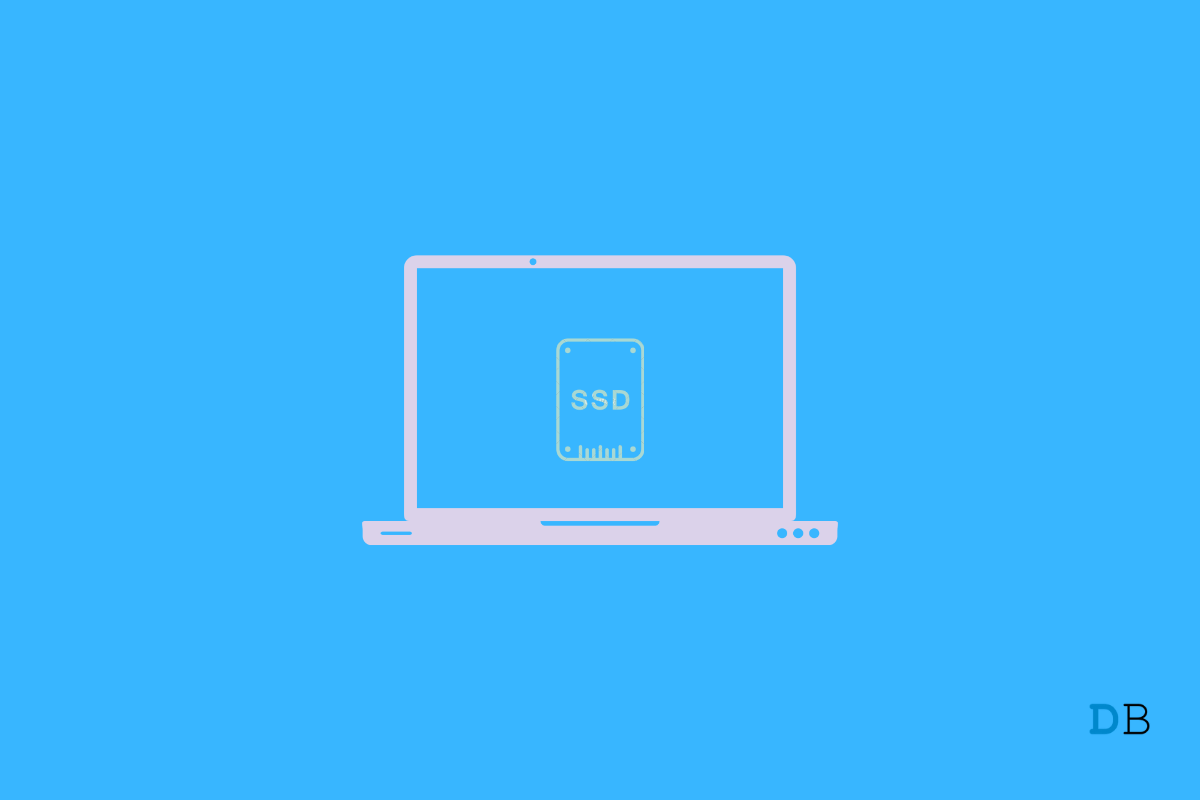

Memory Leak in Windows 11
Are you experiencing that your computer is performing slower? Even though there is sufficient memory pre-installed on the computer, still, after opening a few applications simultaneously slows down your PC. Then probably you are facing the issue of memory leak in Windows 11. In this guide, I have explained how to check if you are facing the issue of a memory leak.
Also, I have mentioned the possible reasons why you may face a Windows 11 memory leak. There are troubleshooting tips included as well which will help you fix the memory leak issue on Windows PC.
Here are Simple Steps to check Memory Leaks on Windows 11 computer PC.
Some apps start when you turn on the Windows OS. You can make changes to the settings and stop these apps from starting during Windows startup.
This is a great way to reduce or stop memory leak issues in Windows OS. However, do not turn off all the apps that open up at the startup. Just a few apps that have moderate or low impact and maybe the ones which you do not need only disable them. It’s up to you.
You can manually take a look at which apps on your Windows computer are consuming a lot of memory. Simply, close those apps and run the ones you require at the moment.
The Windows OS version installed on our computer may be buggy causing the issue of memory leak. It’s good to keep your Windows 11 OS update.
Check whether after installing the update the memory leak problem persists.
One of the most simple fixes that you can follow to fix memory leak issues is to close the multiple file explorers that you have kept open but barely use one or two of them.
Often you don’t shut down your PC for days and just put it to sleep and resume your work the next day. So, all the while the File Explorer windows stay open. Later when you resume your work, you again open other File Explorer windows when you open various folders. All that contributes to memory leak issues.
Simply hover the mouse pointer on the File Explorer icon on the taskbar. All the File explorer windows will be highlighted and show up over the taskbar.
To close any File Explorer window, click on the ‘x’ symbol.
Here is another fix to reduce the memory leak issue on your computer. You can enable the option to launch folders in separate windows of File explorers.
I will suggest you close those applications that you are not using. For instance, if you are using Adobe Photoshop, then only use it and do not open multiple other apps at the same time. Once you are done using it don’t keep the app open. Close it. It applies to all the applications installed on your computer.
Also, do not open multiple browser windows and tabs unless you are using them all. Close the ones you do not need. That will help conserve the memory of your computer.
So, these are the various ways by which you can fix the memory leak issue on Windows 11. Try them out and let me know if you have any queries.